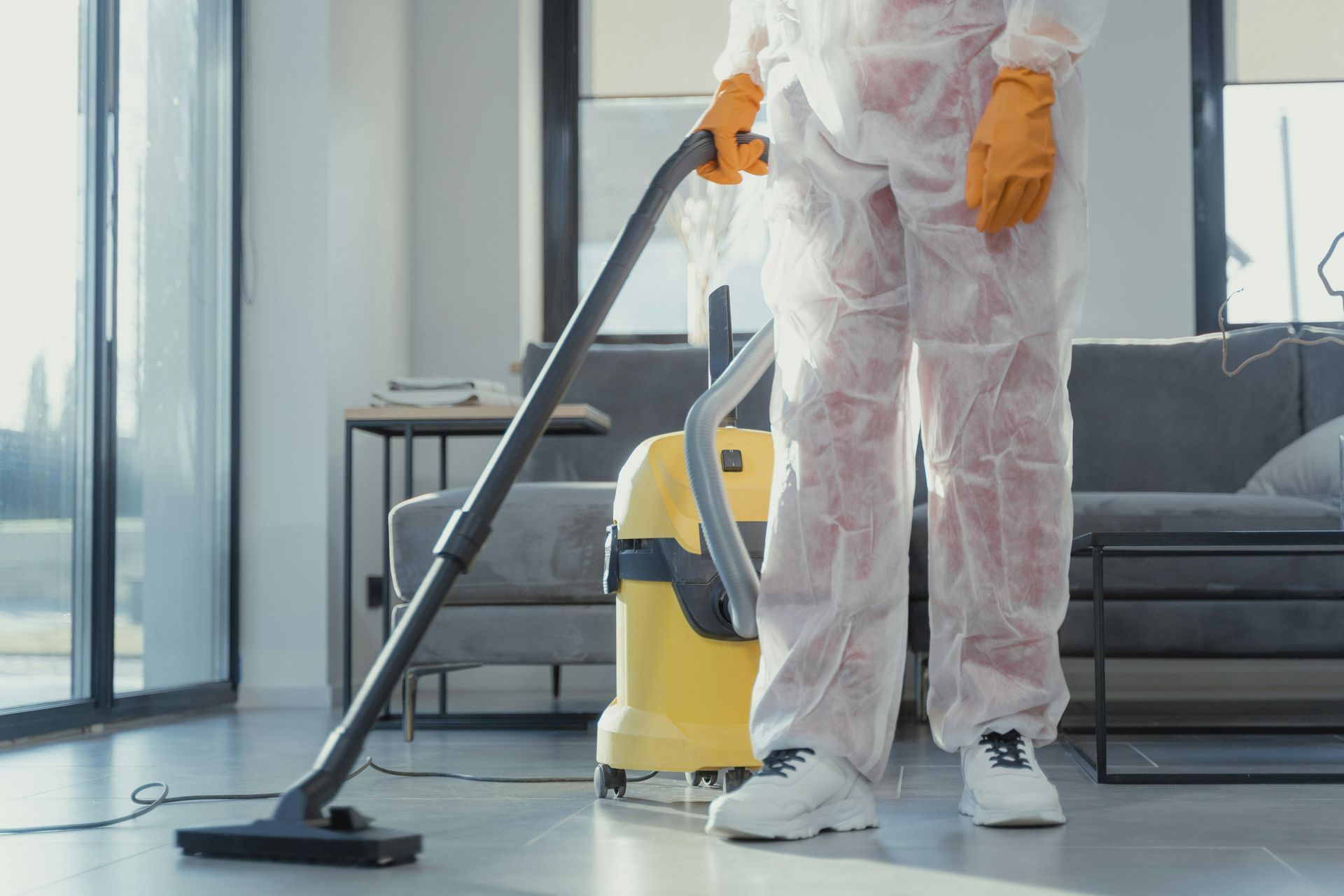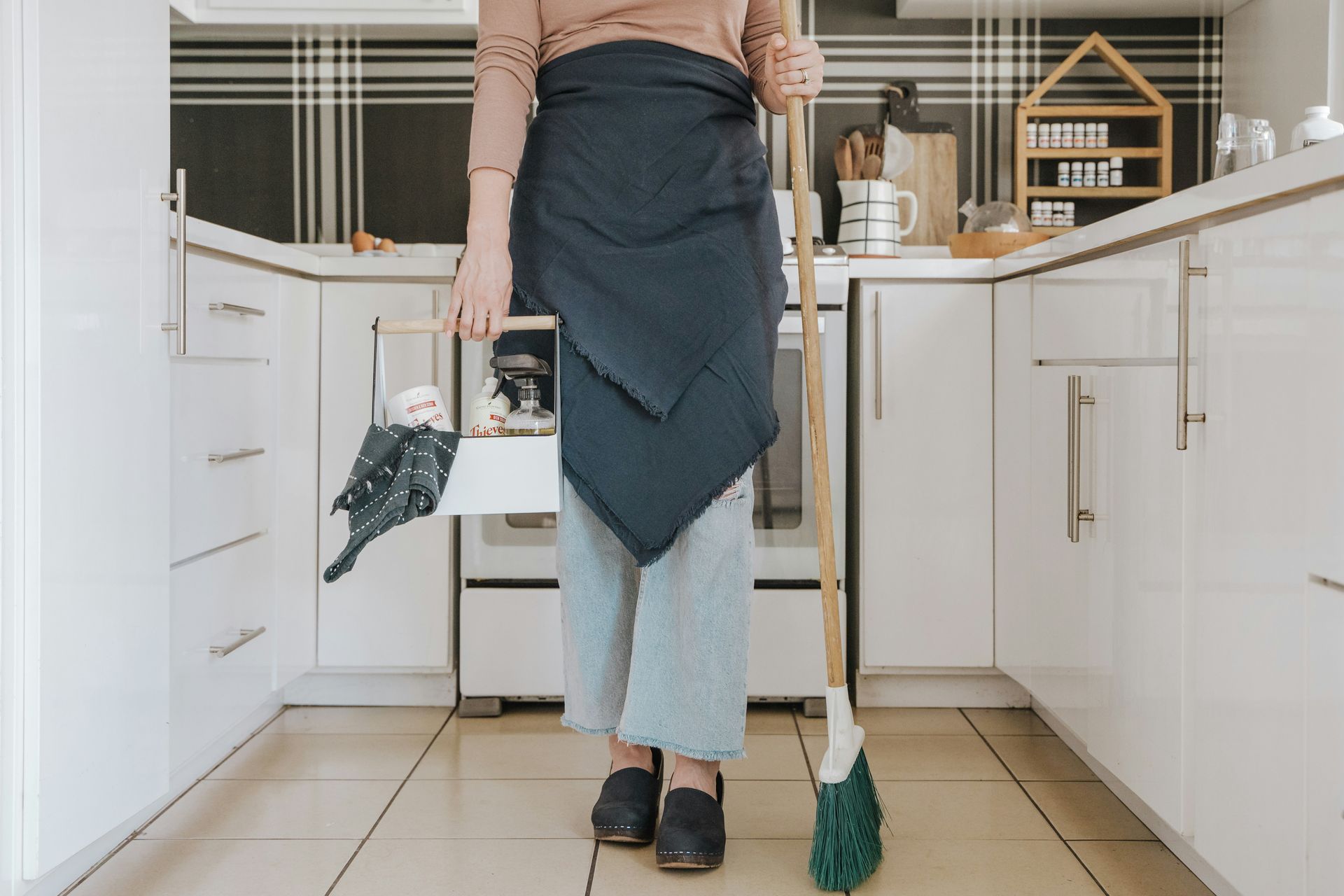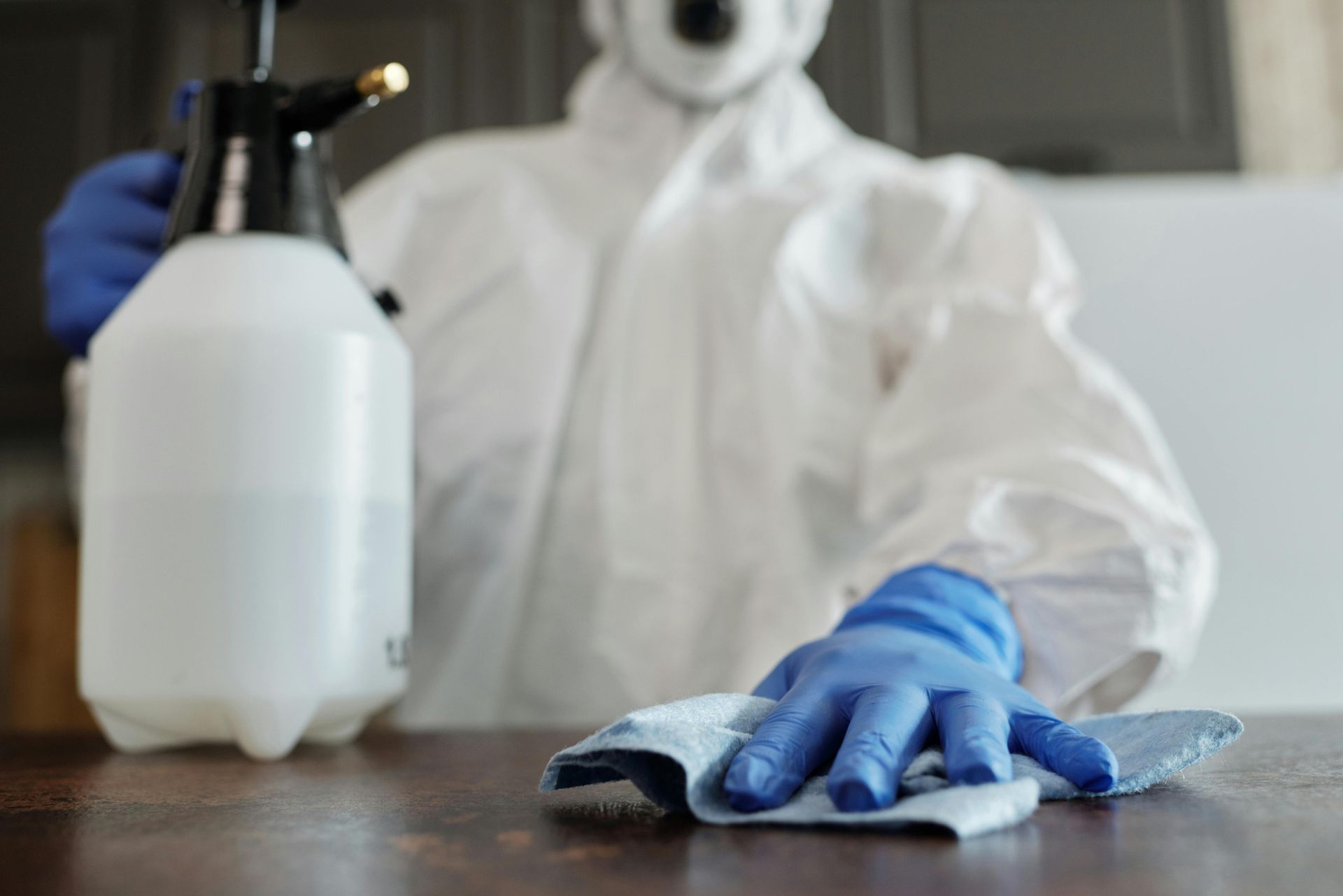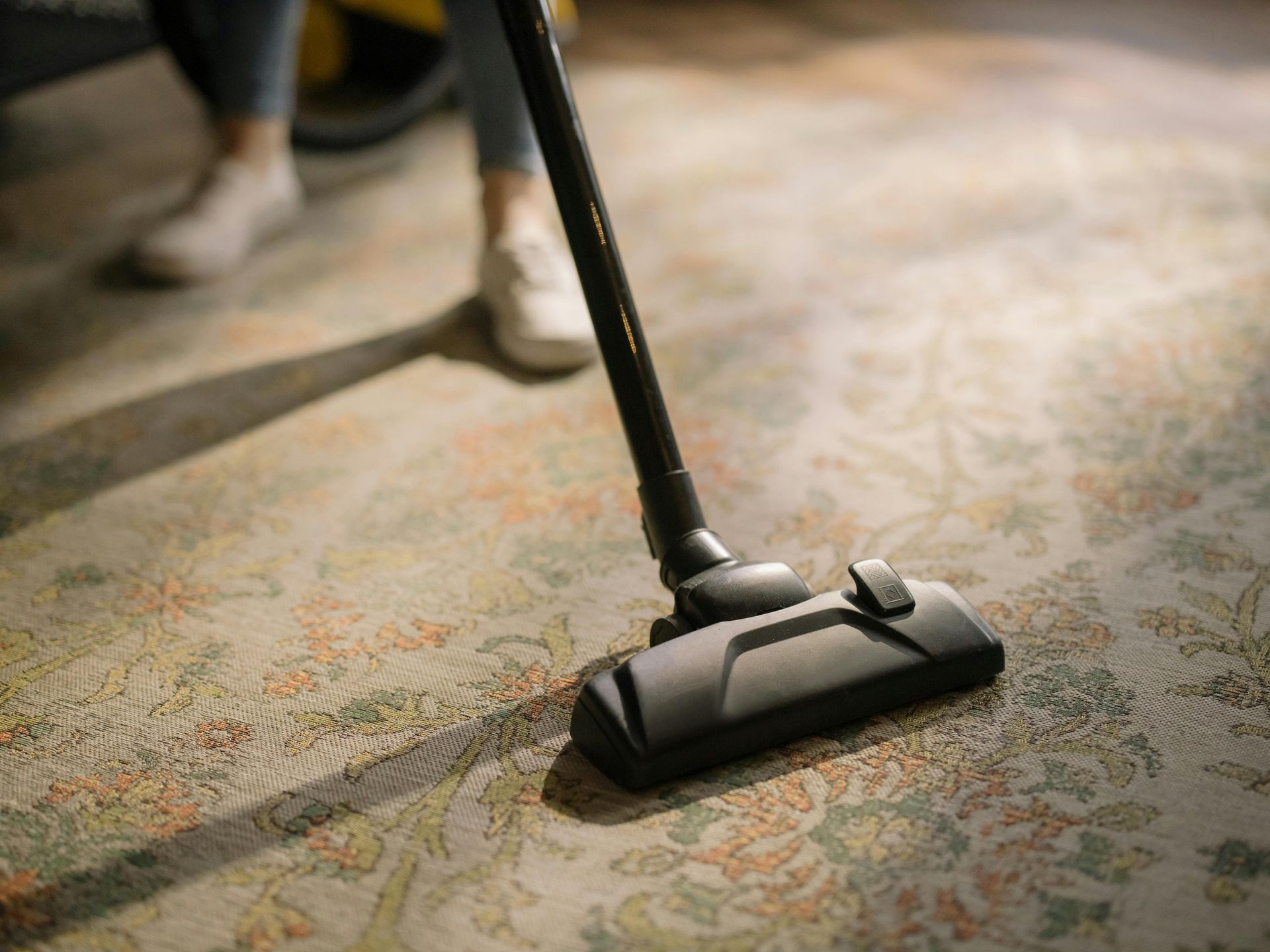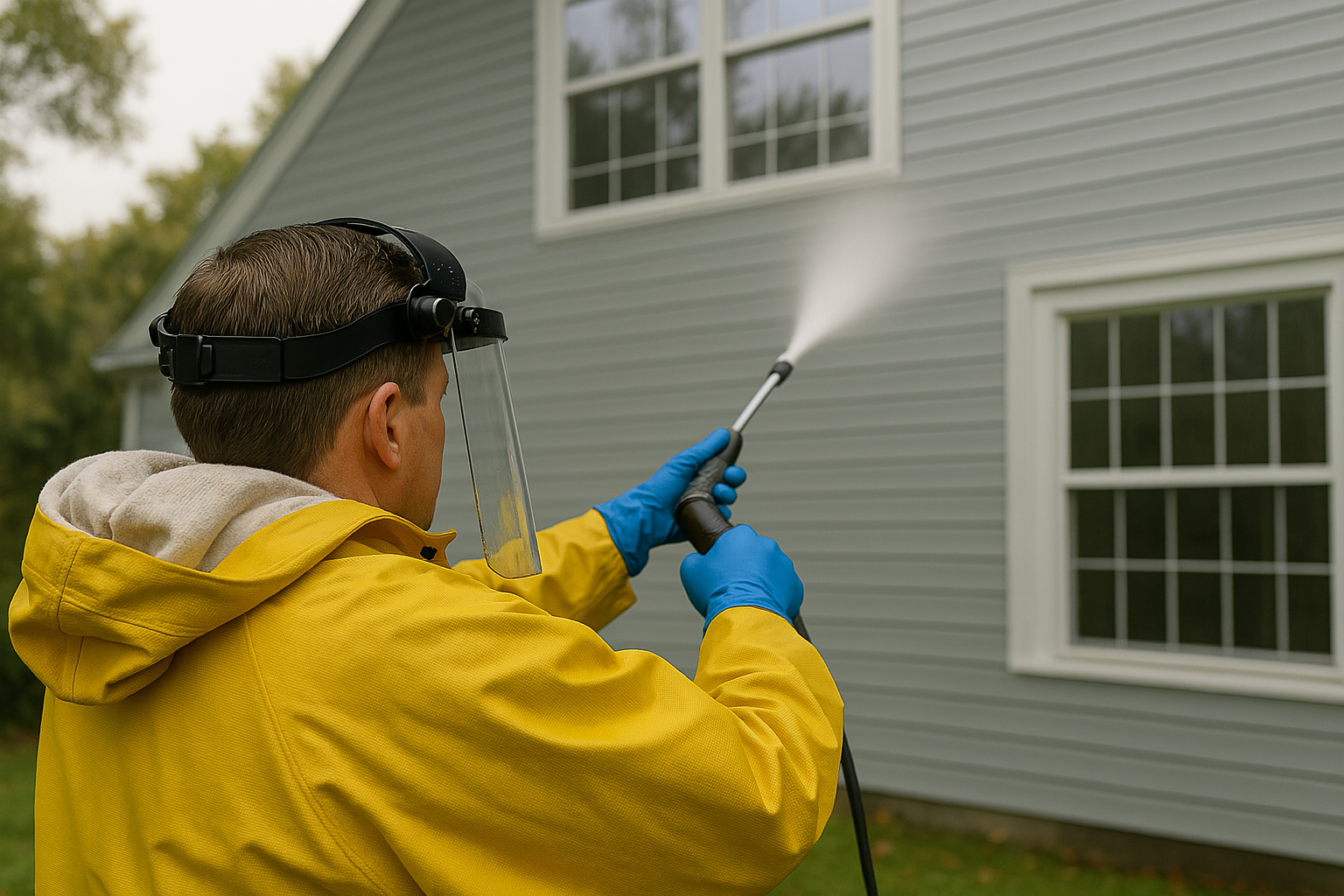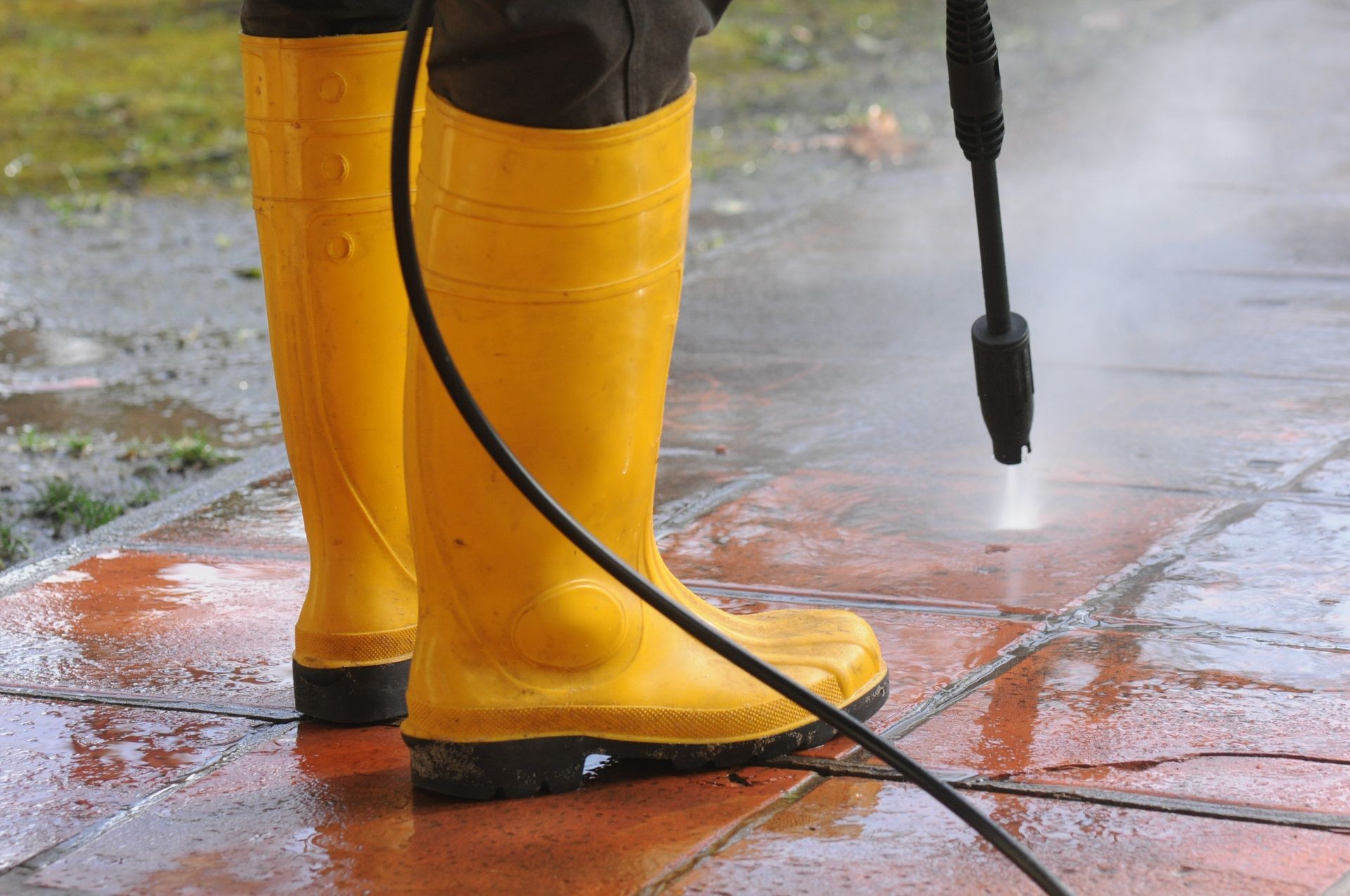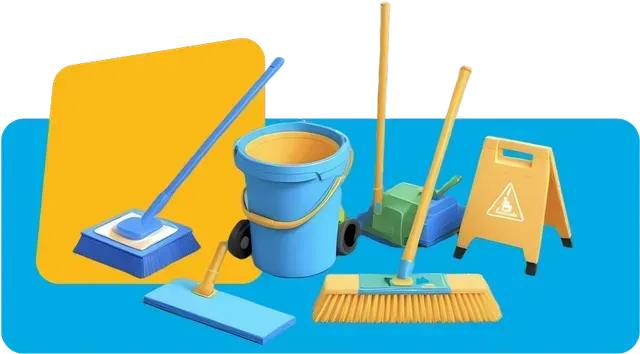20 Time-Saving Cleaning Hacks Every Aussie Needs to Know
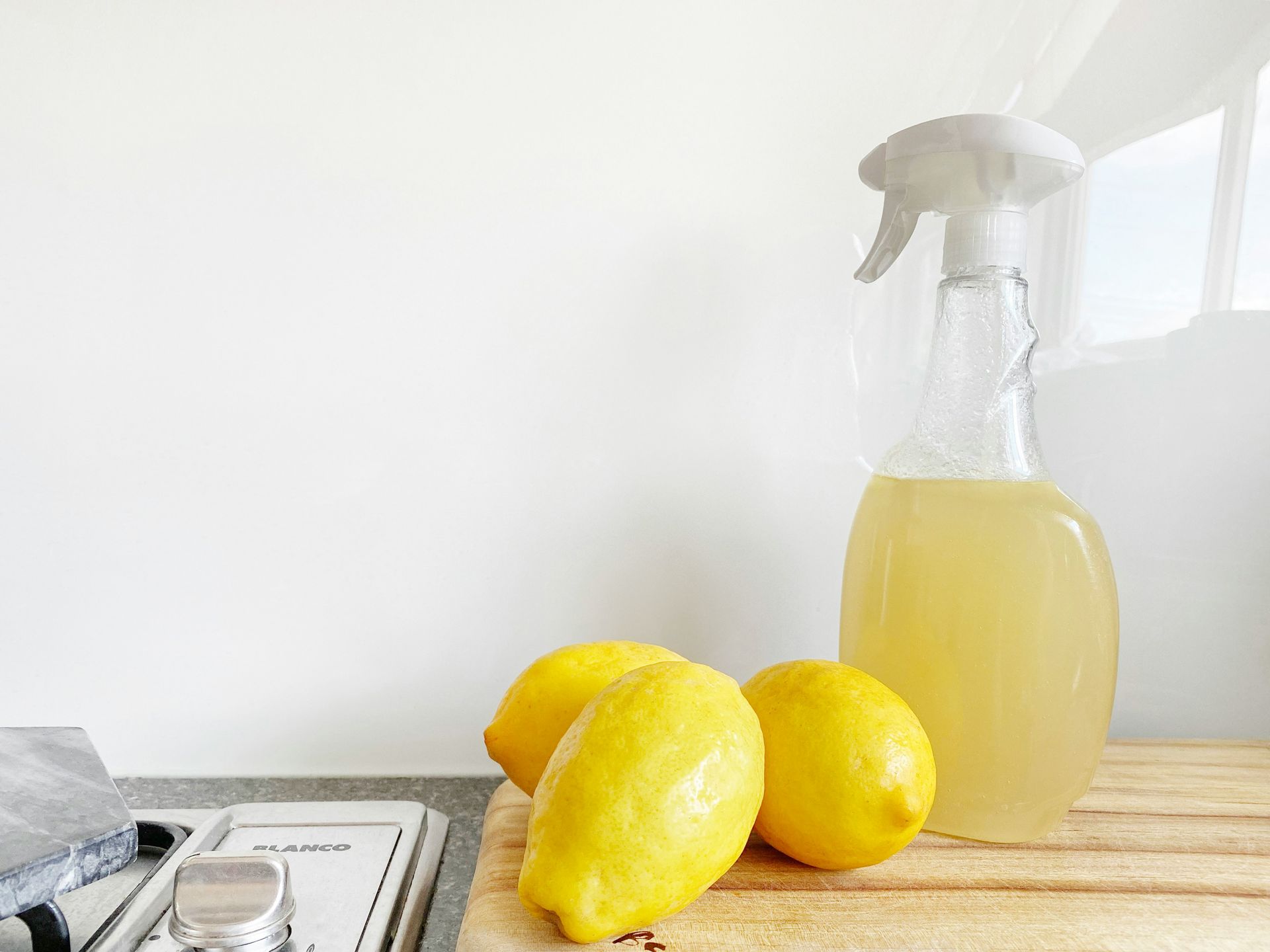
Keeping your house clean is important for health and hygiene.
However, it takes plenty of time, which most people simply don’t have. 30% of Australians say they only find time to clean their home once a week or less.
Whether you're dealing with everyday dust, dirt, and clutter or tackling stubborn stains, grease, and grime, cleaning effectively can be a challenge. Ever wonder how some people keep things spotless despite their busy schedules?
It’s not magic — they’ve just mastered the smart way to clean.
In this article, we’ll discuss 20 cleaning hacks every Aussie should know to tidy up fast.
Let’s begin.
Why These Cleaning Hacks Work
These cleaning hacks work because they’re based on real-life experience, not guesswork. Tested in everyday homes using affordable, easily available items, they’re both practical and reliable.
They simplify your routine, reduce effort, and leave your home spotless and healthy. Whether you clean daily or weekly, these tips help you get more done in less time, with less stress.
Work smarter, not harder, and free up time for the things that truly matter.
Pre-Cleaning Mindset & Prep
Ready to tidy up?
Let’s see how the right mindset and preparation before cleaning can make all the difference.
1. Declutter Before You Begin
Taking a few minutes to declutter first can help you clean faster while maintaining the flow.
A very effective method is the 20-minute cleaning rule — a time management technique where you dedicate 20 minutes to cleaning a specific area or task, then take a break for 10 minutes. It’s also known as the 20/10 rule.
Cleaning on the go is also a smart way to stay tidy!
Grabbing an item or two as you move around can gradually clear the mess with minimal effort, which means there will be fewer things to take care of.
2. Set a Timer or Go for a “Power Hour”
Neatening up is surely boring unless you add a bit of fun to it.
Set a timer for, let's say, 60 minutes, and challenge yourself to clean within that time. It keeps you focused and makes cleaning less of a boring task.
You’ll be surprised by how much you can get done in a short, focused period.
Play your favorite music, podcast, or even a documentary in the background to stay entertained.
3. Arrange a Grab‑and‑Go Cleaning Caddy
Cleaning tools can’t always be carried everywhere, so why not keep things organized with a rolling cart stocked with all your essentials—microfibre cloths, sprays, gloves, sponges, etc.
Using a cleaning caddy not only saves time and reduces clutter but also helps you stay prepared and planned. Stacking up your products in one place can save you the hassle of searching for items.
Remember to wash your cleaning tools once after your session, so they are ready and prepped for your next session.
Smart Cleaning Tools & Products
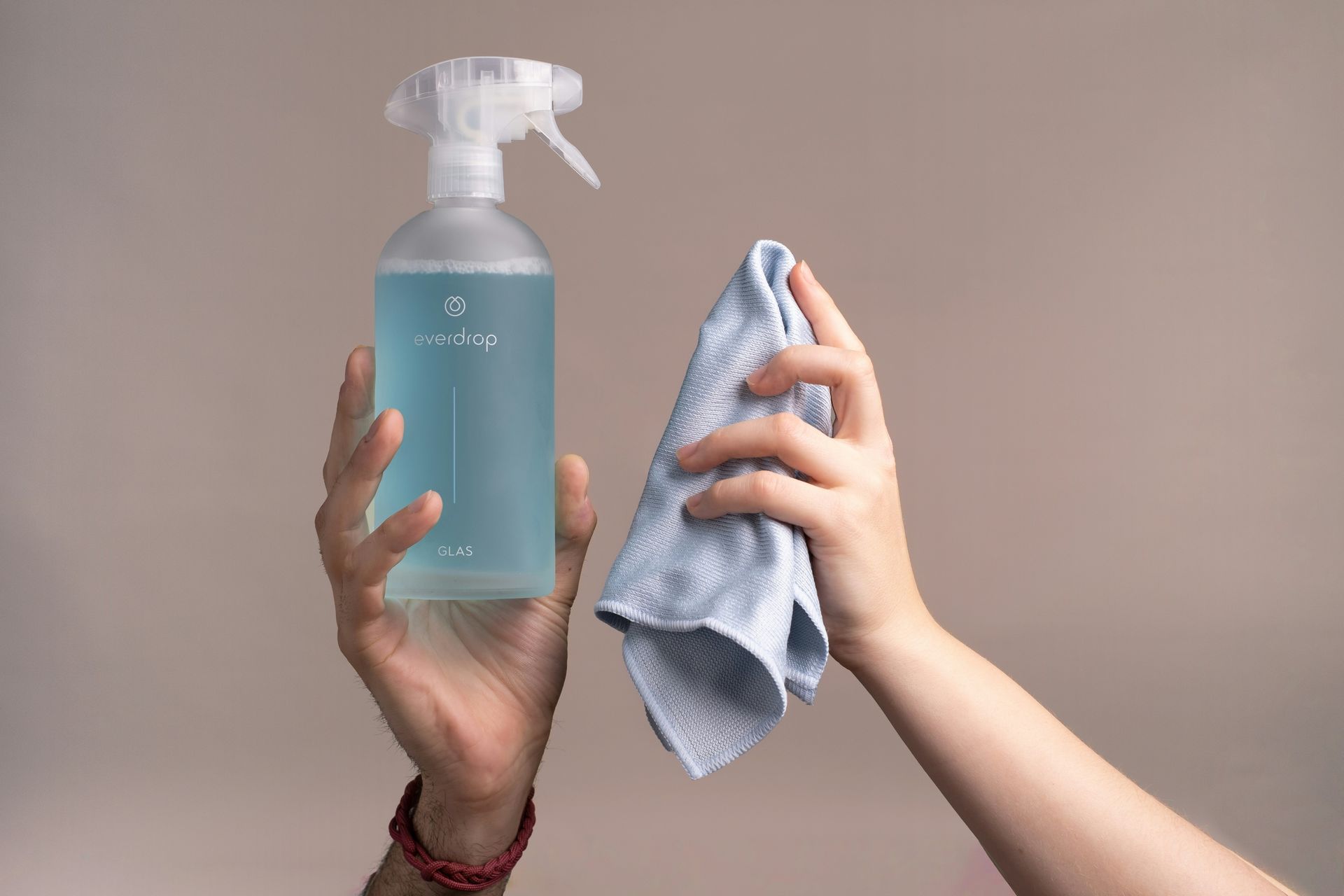
Here are some smart tools and hacks that can make your sanitizing routine more effective and efficient.
4. Use Microfibre Cloths Everywhere
Microfibre cloths are versatile, eco-friendly tools made from ultra-fine fibers that clean without scratching surfaces. They are very gentle for smartphones, laptops, tablets, and other electronic devices, removing fingerprints and smudges.
When used with just water, they leave glass surfaces like mirrors and windows crystal clear.
You can use these clothes both damp and dry, depending on the task.
5. Go Multipurpose with Vinegar & Baking Soda
Vinegar is not just for cooking; it’s a powerful natural cleaner!
A solution of vinegar and dish soap cuts through grease and neutralises odors on dishes.
Mix vinegar with lemon oil to clean and restore shine to woodwork.
Baking soda does much more than its name. It deodorises appliances, lifts coffee stains, freshens laundry, soothes skin irritation, and even works as a natural toothpaste. Mix a pinch of baking soda with lemon juice and use twice a week to help whiten teeth.
6. Employ Dishwashing Tablets for Ovens
Dishwasher tablets can be used to clean the tough grease from stovetops and ovens, particularly the oven door and racks.
- Take a dishwasher tab and soak it in water to soften it.
- Use the flat (long) side to scrub away grease from your oven doors. It takes about 6–7 minutes for a noticeable clean.
- After scrubbing, wipe the surface with a damp cloth to remove any residue.
Wear gloves before using the tablets, as the chemicals may irritate your skin.
7. Use Ammonia or Vinegar for Pet/Pottery Stains
Vinegar is highly effective for pet stains and is generally preferred over ammonia.
Ammonia isn’t safe for wool or delicate fabrics, and its scent can confuse pets, making them think that it’s a designated spot to relieve themselves.
For pet urine stains:
- First, use a cloth or paper towel to absorb excess liquid from the area.
- Then, mix equal parts of white vinegar and water and apply to the stain.
- Let it sit for 10–20 minutes, then blot with a clean cloth and allow it to dry thoroughly.
For pottery or tougher stains, let the solution soak for 20–30 minutes, or longer if needed.
8. Squeegee Bathroom After Every Shower
Shower walls and doors that stay wet are a major spot for mold buildup.
Using a squeegee in your shower after each use can significantly reduce mold and mildew growth, and it makes cleaning less complicated.
Leaving water on shower surfaces allows it to dry, leaving behind water spots and soap scum. We recommend squeegeeing right after the shower to minimize these issues.
Squeegeeing the bathroom saves time and effort by reducing the elbow grease for deep cleans.
Efficient Daily Habits
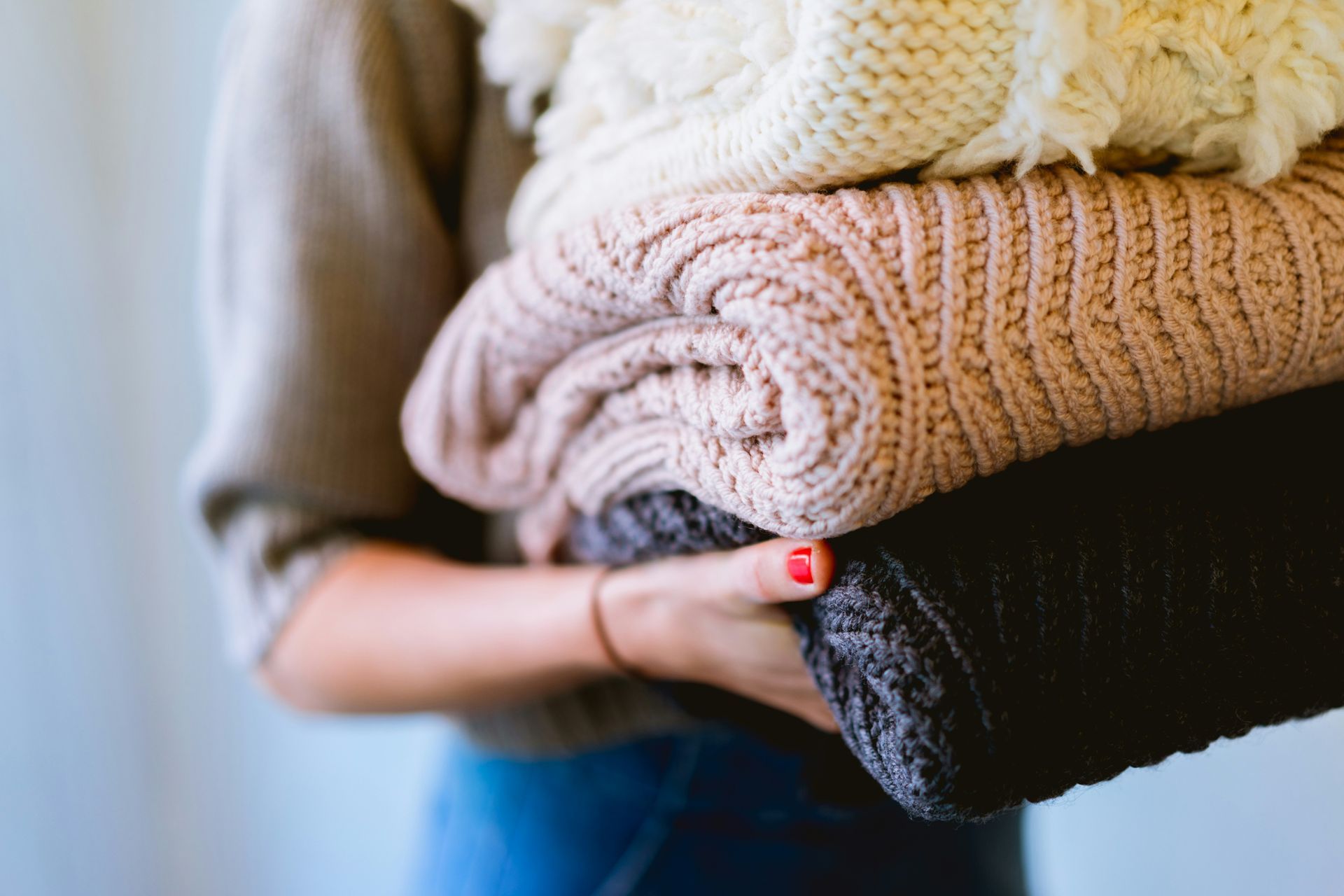
These daily tips and tricks help keep your space consistently clean with minimal effort.
9. Two‑Minute Spot Clean Rule
The 2-minute rule is a productivity and time management technique that says if you can do a task or chore in 2 minutes or less, do it now!
Dealing quickly with small tasks can help you stay focused and less worried about cleaning.
For example:
- Washing a dish immediately after using it.
- Taking dirty laundry to the hamper
- Wiping down the bathroom sink after brushing your teeth.
- Take out the trash when the bag is full.
10. Nightly 10‑Minute Tidy
Similar to the 20-minute cleaning technique, the 10-minute tidy cleaning rule is a simple strategy to maintain and organize your home by dedicating 10 minutes a day to tidy up.
Make it a nightly habit to set a timer for 10 minutes and assign yourself to a high-impact area or task.
If you’re a morning person, suit yourself and twist the routine to morning, but 10 minutes is the deadline. You’ll be shocked at how clean your house is most of the time.
You’re less likely to feel overwhelmed, more likely to feel in control!
11. Apply the “One‑Touch” Rule for Clutter
Instead of putting an item at a random place and intending to deal with it later, place the thing at its desired location as soon as you’re done with it.
The one-touch rule states that you only take care of an item once. This clever technique prevents tasks from piling up and creating a messy environment. It makes sanitizing more manageable by saving time and reducing stress.
12. Work Top‑to‑Bottom in Each Room
The golden rule for cleaning is to work from top to bottom in every room.
That’s it!
This method prevents dust from falling on the areas you have already cleaned.
Start from higher surfaces like ceilings or shelves, so that you don’t have to clean the lower areas like floors or countertops again. It allows you to thoroughly clean every surface, ensuring that nothing is missed.
13. Use Dryer Sheets on Baseboards
Dryer sheets aren’t just for laundry: they’re great cleaning tools too.
- Their anti-static properties help lift dust and pet hair from baseboards, leaving behind a protective layer that keeps your surfaces clean for longer.
- The slightly abrasive texture of dryer sheets makes them gentle scrubbers for glass and sinks.
- Softening agents in dryer sheets help remove grime from furniture, floors, and countertops, and even clear lint from carpets.
Bonus Tip: Place an unused dryer sheet in a dresser drawer for light, fresh-scented clothes.
Single tool, multiple uses— just how we like it!
Hacks by Location

Now that we’ve covered some clever techniques and habits, here are some location-based hacks to target specific areas.
Kitchen
14. Microwave Steam‑Clean in 5 Minutes
We’ve talked about cleaning the outside of the microwave; let’s cut out the grease from the inside with these simple steps.
1. Fill a microwave-safe bowl with one cup of water.
2. Add 1-2 tablespoons of vinegar or lemon juice for extra cleaning power and odor removal.
3. Let it sit in the microwave for 3-5 minutes or until the water boils.
4. Now, carefully remove the bowl and turntable; it’ll be very hot!
The steam from the water will soften food debris and grime, making it easier to remove.
Take a sponge and wipe the inside of your microwave; grease and food should come off easily!
15. Streak-Free Glass with Vinegar/Cloth
For sparkling glass, mirrors, or windows, try this simple homemade vinegar cleaner.
Here’s how:
1. Mix a 1:1 or 1:2 ratio of white vinegar to water in a spray bottle.
2. Spray the solution on the surface and wipe it clean with a microfibre cloth.
3. For tougher grime, let the solution sit for a few minutes before wiping, or you can add a few drops of dish soap to cut the grease.
Optional: Add a drop or two of your favorite essential oil for a fresh aroma.
16. Use the Dishwasher for Light Items (e.g., toys)
Your dishwasher can do more than just clean dishes!
Use it for light, non-fragile items like light fixtures, vases, outlet covers, plastic toys, pet bowls, grooming tools, and soap dishes.
Always check your appliance manual before cleaning to ensure the item is dishwasher-safe.
Important: Never use your dishwasher to wash clothes. It’s not designed for fabrics, and dishwasher detergents aren’t safe for laundry.
Bathroom
17. Grout Cleaning Brush Beats Toothbrushes
A grout cleaning brush is better than an old toothbrush when scrubbing grout (the lines between tiles) because:
· It’s designed to reach tight spaces more effectively than a normal toothbrush.
· It has stronger bristles that scrub deeper, cleaning the dirt, grime, and mildew from grout lines.
· Its comfortable handle offers a better grip, making cleaning faster and easier.
Living Room / Floors
18. Cordless Stick Vacuums for a Quick Clean
Cordless stick vacuums are built for quick, convenient cleaning, especially for daily messes and spot cleanups. You can easily move these between rooms and reach tight areas without the hassle of a cord.
Many models also convert into a handheld vacuum, which is perfect for stairs, upholstery, blinds, and car interiors.
While their suction power is usually lower than corded vacuums, they’re still sufficient for everyday cleaning tasks like spills and light dust collection.
19. Mop Days with Retractable Mop Routine
Retractable mops make cleaning easy, with no heavy buckets or squeezing required.
Just spray, mop, and go!
Set a “mop day” once or twice a week and stick to it. A quick routine prevents grime and dirt buildup and keeps floors consistently clean. For window blinds, use a smaller homemade version of a mop.
Slip an old sock over your hand, dampen it with water, and run it along each slat. It grabs dust quickly and makes blind cleaning easy, no tools needed!
Outdoors
20. DIY Weed Killer with Vinegar/Salt/Soap
Step outside and tackle stubborn weeds with this simple, homemade weed killer recipe.
1. Fill a container with 1 gallon of white vinegar.
2. Add 1 tablespoon of dish soap.
3. Mix in 1 cup of salt for extra strength (Optional).
4. Stir the solution well until fully combined.
Pour it into a garden sprayer and apply directly to weeds, making sure to soak the leaves thoroughly.
Pure vinegar alone can also work, especially when applied on sunny days.
Make It Stick | Routines & Scheduling
Create a routine that suits your lifestyle and adjust it based on your home’s size, family members, pets, or even the weather. Whether you prefer one room a day or doing a big clean once a week, stick with your routine!
Use a checklist to stay on track and ensure no task is missed.
Combine daily habits like 10-minute tidies with weekly tasks such as vacuuming or mopping days. Over time, these habits can become second nature, keeping your home clean without the stress of thorough cleaning.
Conclusion
Cleaning your home doesn’t have to be overwhelming or time-consuming.
With the right tools, mindset, and proven techniques, anyone can maintain a fresh and hygienic space regardless of their busy schedules.
These 20 time-saving hacks are designed for Aussie households to tackle dirt, clutter, and grime efficiently. From smart daily habits to natural DIY cleaners, each tip helps you clean less and live more.
Start small, stay consistent, and you’ll enjoy a cleaner, peaceful home before you even know it!
Cheers!

